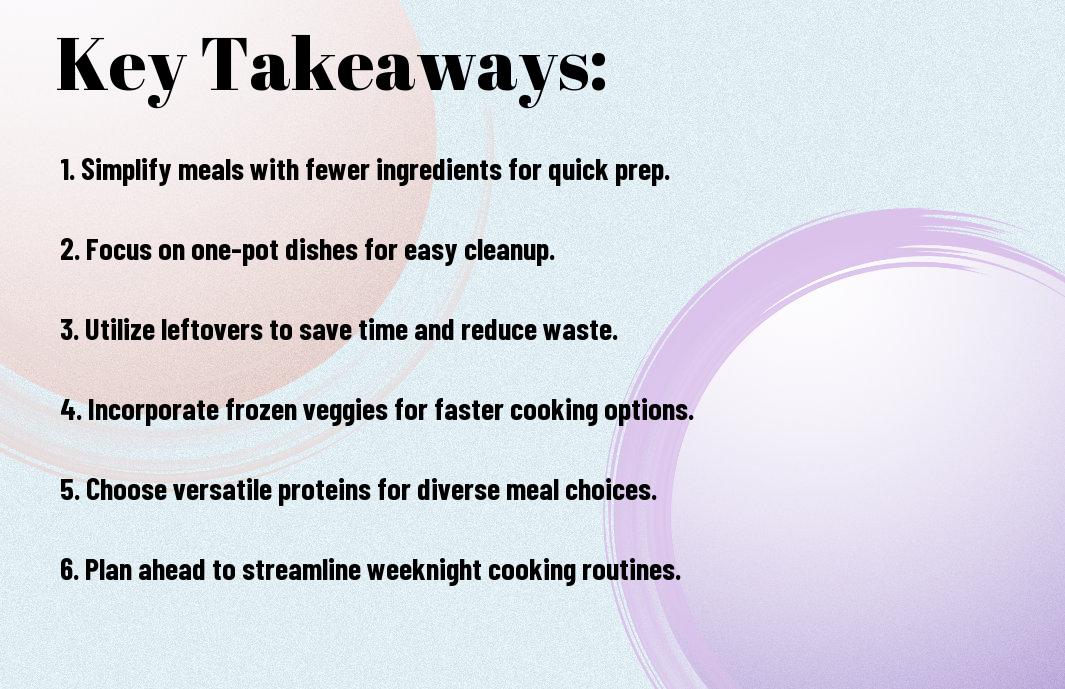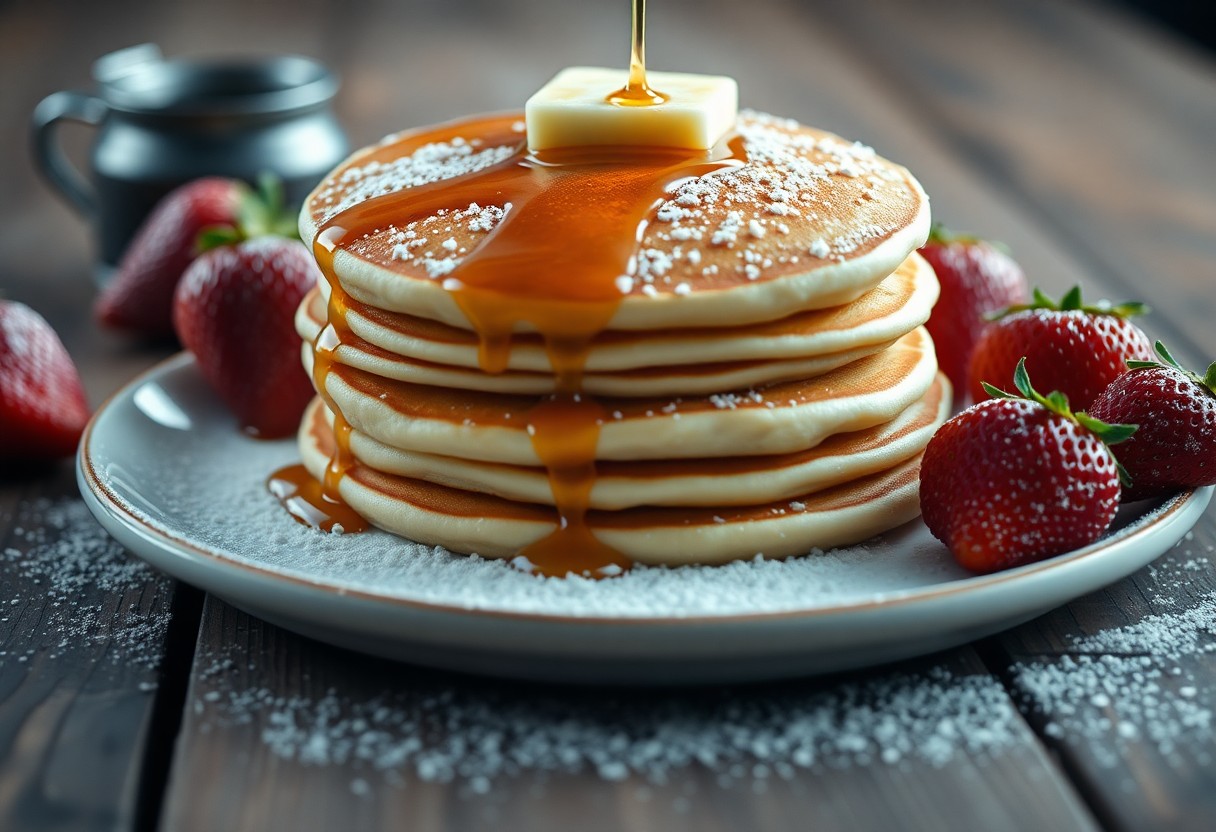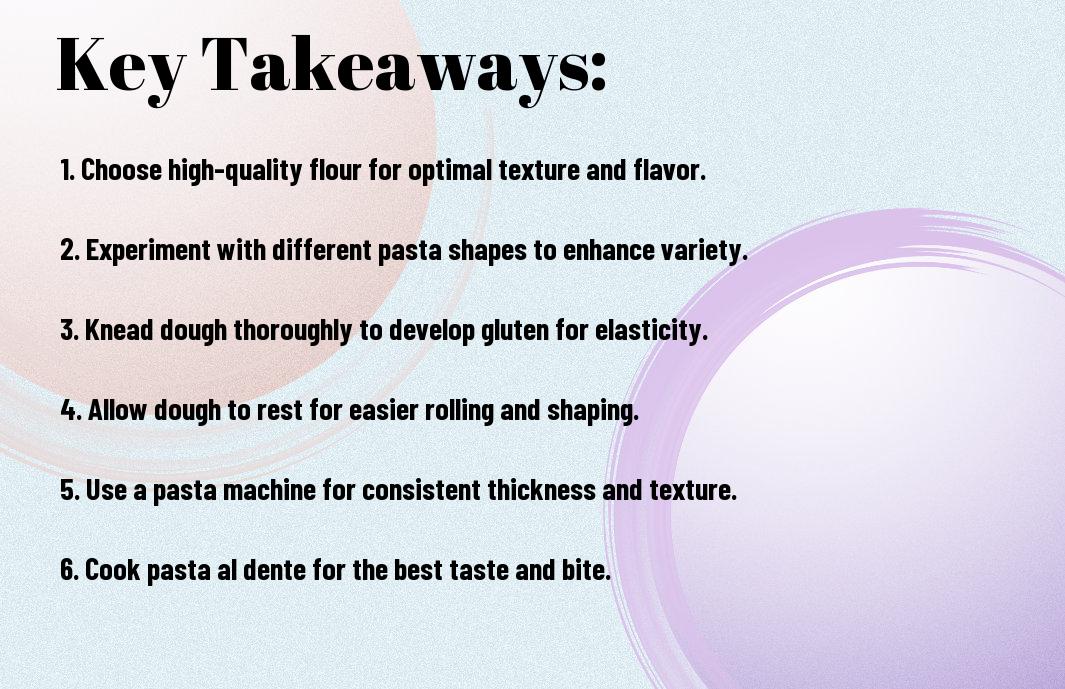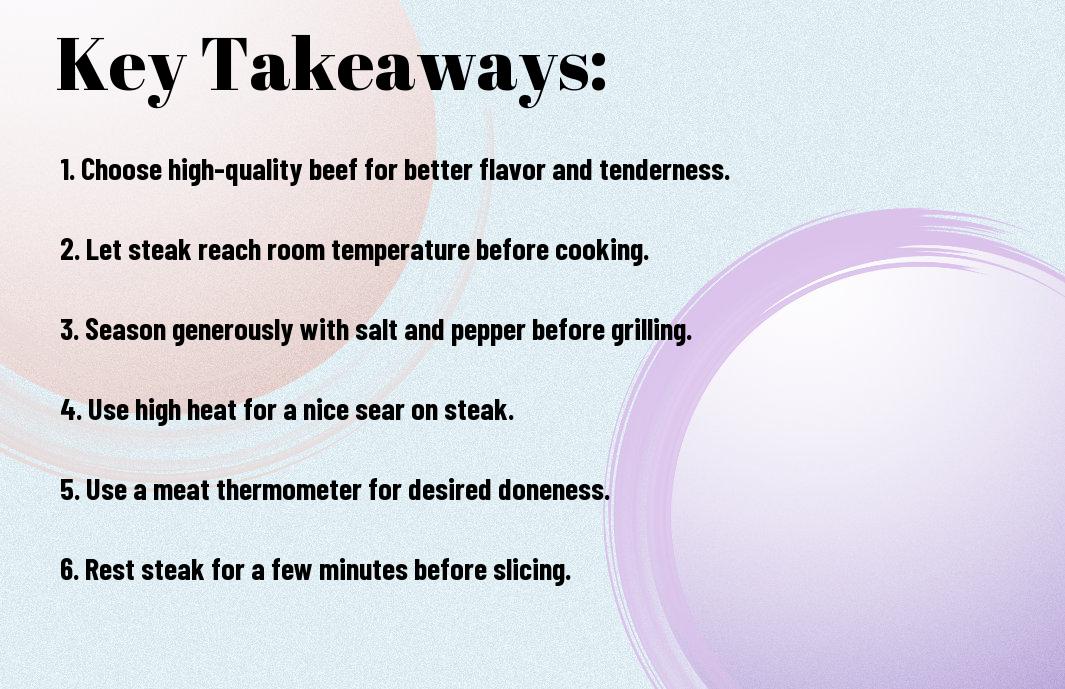As you begin on the journey to create your own homemade bread, you’ll discover the joy of working with dough and the satisfaction of biting into a warm, freshly baked loaf. Your kitchen will soon be filled with the enticing aroma of yeast and flour, making your mouth water in anticipation. With this guide, you’ll learn the simple steps to making delicious homemade bread, and before long, you’ll be baking like a pro, creating mouthwatering treats to share with family and friends.
Choosing the Right Ingredients
Before you begin your bread-making journey, it’s vital to select the finest ingredients. Your choices will greatly impact the flavor, texture, and overall quality of your homemade bread.
Selecting Quality Flour
Flourishing with possibilities, flour is the foundation of your bread. You’ll want to choose a high-protein flour, such as bread flour or all-purpose flour, to ensure your bread has a good structure and rise.
Yeast and Salt: The Essential Duo
Acquiring the right yeast and salt is vital to your bread’s success. You’ll need active dry yeast to help your dough rise, and salt to enhance the flavor and control yeast growth.
At the heart of every great bread is a harmonious balance of yeast and salt. As you mix and knead your dough, you’ll notice the yeast fermenting, producing carbon dioxide bubbles that give your bread its light, airy texture. Meanwhile, the salt will subtly enhance the flavors, bringing out the best in your other ingredients. You’ll find that with the right combination of yeast and salt, your bread will be infused with a depth of flavor and aroma that’s simply irresistible.

Preparing the Dough
One of the most satisfying steps in bread-making is preparing the dough, as you get to witness the transformation of simple ingredients into a beautiful, pliable mass. You’ll be combining flour, yeast, water, and other ingredients to create a dough that’s just right for shaping and baking.
Mixing and Kneading Techniques
Behind the scenes of great bread is a good mix, and you’ll want to develop a technique that works for you, whether it’s using a stand mixer or getting in there with your hands to knead the dough until it’s smooth and elastic.
Allowing the Dough to Rise
Beside your mixing bowl, you’ll need a warm, draft-free spot for your dough to rise, where it can relax and let the yeast do its magic, causing the dough to expand and develop that lovely, airy texture you’re aiming for.
Affecting the rise of your dough is the temperature, humidity, and time you give it, so you’ll want to make sure you’re providing the right conditions for your yeast to thrive, and then patiently waiting for your dough to reach its full potential, doubled in size and ready to be shaped into your desired loaf.
Shaping the Loaf
All the hard work of mixing and rising comes down to this moment: shaping your loaf into a beautiful, inviting form. You’ll want to gently coax your dough into the shape you desire, taking care not to overwork it.
Forming the Perfect Boule
Lovely boules are a delight to create, and you’ll find that shaping them is quite straightforward. You’ll simply shape your dough into a round, tucking the edges under to create a smooth, even surface.
Creating a Beautiful Baguette
By now, you’re probably eager to try your hand at crafting a classic baguette. You’ll start by shaping your dough into a long, thin rectangle, and then gently rolling it into a cylinder.
Shaping your baguette is an art that takes a bit of practice, but with patience and gentle handling, you’ll soon be creating beautiful, crusty loaves that will make your friends and family swoon. As you shape your dough, you’ll want to apply gentle pressure, using your palms to elongate the loaf and create a smooth, even surface.
Baking to Perfection
To achieve the perfect loaf, you’ll want to focus on the baking process. This is where your hard work pays off, and your dough transforms into a delicious, freshly baked bread.
Oven Temperature and Timing
Around the time you’re ready to bake, check your oven temperature and timing. The following table will guide you:
| Temperature | Timing |
|---|---|
| 375°F | 25-35 minutes |
This will help you achieve the perfect bake.
Achieving the Perfect Crust
Timing is everything when it comes to baking your bread to get the perfect crust. You want to bake it until it’s golden brown and sounds hollow when tapped.
Further, to enhance the crust, you can try baking your bread with steam, which will give it a crispy, golden exterior and a soft interior. As you experiment with different techniques, you’ll find what works best for you and your bread-baking style, and soon you’ll be enjoying a delicious, homemade loaf with a perfect crust.
Troubleshooting Common Issues
Once again, you’ll find that practice makes perfect when it comes to homemade bread. As you experiment with different recipes and techniques, you’ll encounter some common issues that can be easily resolved with a few tweaks.
Dealing with Sticky Dough
Common issues with sticky dough can be frustrating, but you can try adding a small amount of flour to balance the consistency, and then knead the dough until it becomes smooth and elastic.
Resolving Oven Temperature Problems
Common problems with oven temperature can affect your bread’s texture and flavor. You can use the following table to troubleshoot:
Oven Temperature Issues| Cause | Solution |
|---|---|
| Oven temperature inaccurate | Invest in an oven thermometer |
| Oven temperature too high | Reduce oven temperature by 25°F |
Problems with oven temperature can be easily resolved by following the solutions outlined in the table above. You’ll find that investing in an oven thermometer will help you achieve consistent results, and adjusting the oven temperature will ensure your bread is cooked to perfection. With a little patience and practice, you’ll be able to identify and solve these common issues, and your homemade bread will turn out delicious every time.

Creative Variations
For the adventurous baker, there are countless ways to experiment with homemade bread. You can explore new flavors and techniques with the help of resources like Homemade Bread – Comprehensive Guide, Bake Ancient Grains and Artisan Breads.
Adding Herbs and Spices
Along with your favorite ingredients, you can add fresh or dried herbs and spices to create unique flavor profiles. Try combining rosemary and olive oil or parsley and garlic for a delicious twist.
Trying New Types of Flour
Trying new types of flour can greatly impact your bread’s texture and flavor. You can:
- Experiment with whole wheat, rye, or oat flour
- Try ancient grains like quinoa or Kamut
Perceiving the differences in your bread, you’ll be inspired to continue experimenting.
| Flour Type | Characteristics |
|---|---|
| Whole Wheat | Nutty flavor, denser texture |
| Rye | Earthier flavor, darker color |
| Oat | Slightly sweet, softer texture |
| Ancient Grains | Nutty flavor, higher protein content |
Considering your options, you can try new types of flour to create unique breads. You can:
- Experiment with different ratios of flour types
- Try adding nuts, seeds, or dried fruits
Perceiving the possibilities, you’ll be excited to try new recipes and flavor combinations.
Summing up
Ultimately, you now hold the secrets to creating delicious homemade bread, and with practice, your skills will flourish. You’ll find that the joy of bread-making is not only in the end result, but in the process itself. As you continue to experiment and perfect your craft, your bread will become a reflection of your love and care, and you’ll be delighted to share it with family and friends, spreading warmth and happiness with every freshly baked loaf.












